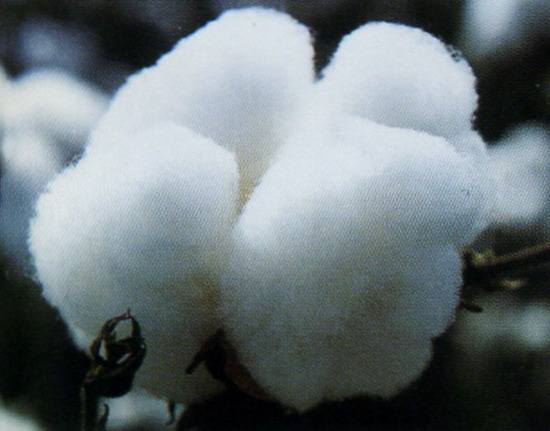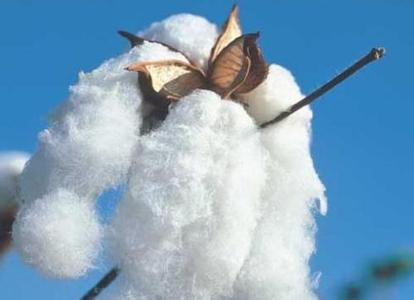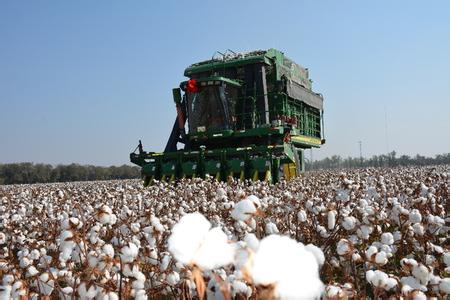Xinjiang: Spring sowing is in full swing and cotton prices are generally weak
Correspondent from China Cotton Network: Recently, cotton spring sowing work has been carried out in all directions in most counties and districts in southern Xinjiang. Cotton farmers have seized the current favorable opportunity for land moisture recovery to speed up cotton sowing work. It is understood that this year’s spring cotton sowing in Xinjiang has several major features:

, the area of fine velvet cotton has greatly increased. Price is always the guiding light. In 2016, the price of seed cotton in Xinjiang was 7.4-7.6 yuan/kg. In addition, cotton farmers in most areas have recently received target price subsidies with a subsidy standard of 0.5 yuan/kg. After conversion, the average unit price of seed cotton in 2016 was around 8.0 yuan/kg. Calculated based on a unit yield of 400 kg/mu, the gross income of cotton farmers is 400×8=3200 yuan/mu. “Thanks to the government’s good policies, it is more cost-effective than planting anything else.” Many cotton farmers said that their enthusiasm for planting fine-staple cotton has greatly increased. Taking Shaya County as an example, 1.5 million acres of the county’s 1.7 million acres of cotton fields will be sown with fine lint cotton.

Second, the area of long-staple cotton has declined significantly. It is understood that the main sowing areas of long-staple cotton in Xinjiang are Aksu and Kashgar. According to feedback from cotton farmers in these two areas, due to the price of long-staple cotton, people are not very enthusiastic about sowing this year. In 2016, the unit price of long-staple cotton was 7.6 yuan/kg, almost the same as fine-staple cotton. However, the yield of long-staple cotton is relatively low, generally 260-280 kg/mu, while the yield of fine-staple cotton reaches 400 kg/mu. The income of the two is relatively high. “Long-staple cotton is more difficult to maintain. If the management is not in place, the output may be significantly reduced or the harvest may be lost.” An Aksu cotton farmer said that long-staple cotton requires very intensive cultivation, especially in the later stage. It is difficult to hire flower pickers, regardless of management or later pick-up. The cost is higher than that of fine velvet cotton.

Third, machine-picked cotton has increased significantly. Cotton farmers who have tasted the benefits have chosen seeders to pick cotton on a large scale this year. First of all, if the Corps has the conditions, almost all cotton is picked by machines. Secondly, at the local level, machine-picked cotton is also vigorously promoted. An Aksu cotton farmer said that he “tested” more than 300 acres of machine-picked cotton last year. Unexpectedly, the profit of machine-picked cotton was higher than that of hand-picked cotton, especially because of the characteristics of machine-picked cotton’s high consistency and few three-strand yarn. It is welcomed by cotton-using enterprises.
AAAASE3RETRUY7I8OFG
Disclaimer:
Disclaimer: Some of the texts, pictures, audios, and videos of some articles published on this site are from the Internet and do not represent the views of this site. The copyrights belong to the original authors. If you find that the information reproduced on this website infringes upon your rights, please contact us and we will change or delete it as soon as possible.
AA








